A breakthrough in stem cell research is announced every few months. While “breakthrough” is an appealing headline, all but a few have been about incremental research progress and far too many have been pure hype: Human cloning! Genetically engineered babies! Human embryos made from stem cells! have been some of the headlines. In this article, Jeanne Loring, previously called a “stem cell evangelist”, tackles the bad science journalism on stem cells, and the dangers of dodgy stem cell clinics on the rise.
There have been genuine breakthroughs in human stem cell research. The greatest was in 2007, when a young Japanese scientist named Shinya Yamanaka published a scientific paper that showed that skin cells from a person could be “reprogrammed” to become pluripotent stem cells. To say that these cells are remarkable is an understatement. The word “pluripotent” has Latin roots that mean “many powers”. We each have experienced pluripotency in our lives, far back in our youth when each of us was a 5 day-old embryo, not yet implanted into our mother’s uterus. As embryo development continued, these cells almost immediately starting giving rise to every cell in our bodies, all of our brain cells and blood cells and even the sperm or eggs that generate new embryos. But when we are born, we have lost all vestiges of pluripotency.
This brief period of pluripotency was recaptured, in culture dishes twenty years ago when the first human pluripotent stem cells were isolated from 5 day-old embryos discarded from in vitro fertilization clinics. Called “human embryonic stem cells” (hESCs), they are immortal and all powerful; they continue to divide and grow forever, and never get old. And, they retain the ability to become a huge range of cell types in a culture dish, by scientists mimicking the complex molecular signaling that occurs in developing embryos.
hESCs were remarkable, but also controversial; for non-scientists, they evoked images of aborted fetuses and fears of scientists playing God. In the early 2000s the ethical debates about hESCs were furious. There were vivid imaginations of scientists murdering babies, of aborted fetuses. There were also fervent supporters, notably celebrities like Michael J. Fox and Christopher Reed, who amplified the hope that hESCs would soon cure disorders that had no treatment. Much of what was said then has not happened; but after twenty years of research and development, hESC-derived pancreatic islet cells are finally being tested in clinical trials to restore the function of the pancreas in people with serious Type 1 diabetes.
___
Scientists and journalists share the credit and the blame for this, as they do in every headline-grabbing scientific discovery.
___
Dr. Yamanaka’s breakthrough changed the tone almost immediately. Reprogramming meant that no embryos needed to be involved in making pluripotent stem cells. There was a sigh of relief from stem cell researchers because they no longer needed to be afraid of speaking to non-scientists about their work. It had a leveling effect: induced pluripotent stem cells (iPSCs) could be made from anyone. That meant that everyone could have pluripotent stem cells again.
SUGGESTED READING Biology's Uncertainty Principle By Melinda Bonnie Fagan
And yet, the stem cell hype continues. Scientists and journalists share the credit and the blame for this, as they do in every headline-grabbing scientific discovery. The journalists seize on the drama of discovering something new; the scientists fail to explain the nuances and limitations of their discoveries. Both are vying for attention. Editors carry responsibility as well, by insisting on sensational headlines for less than sensational reports on progress in stem cell research.







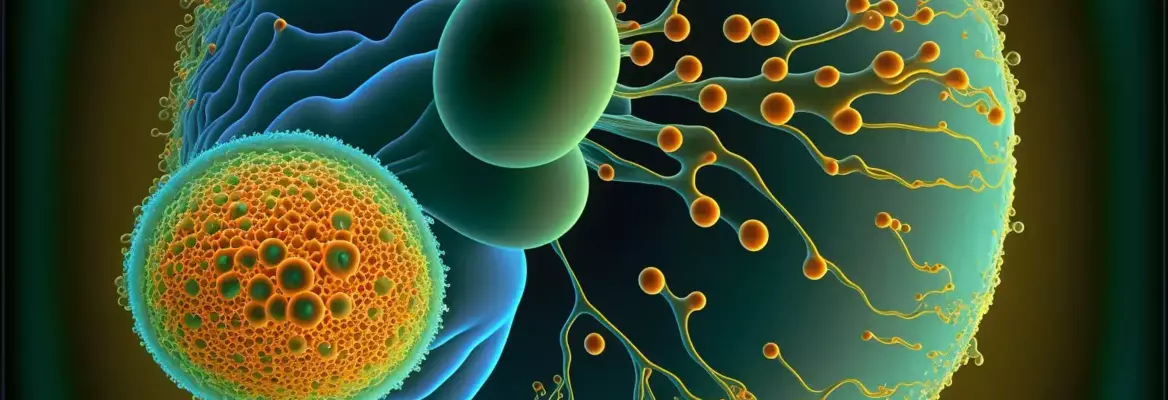


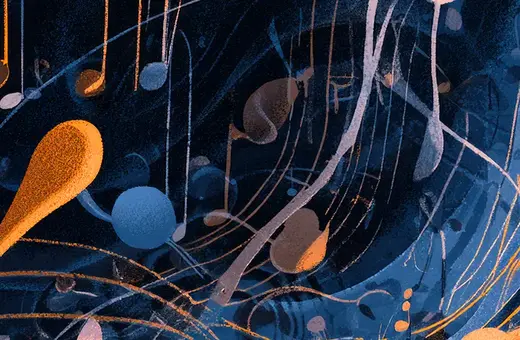

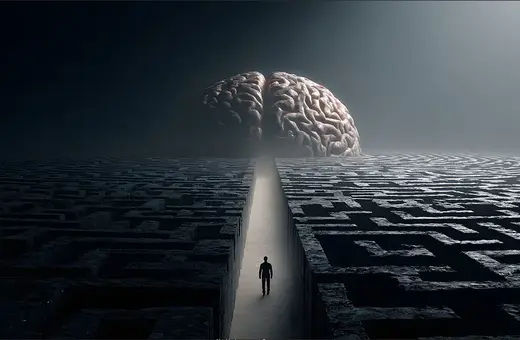

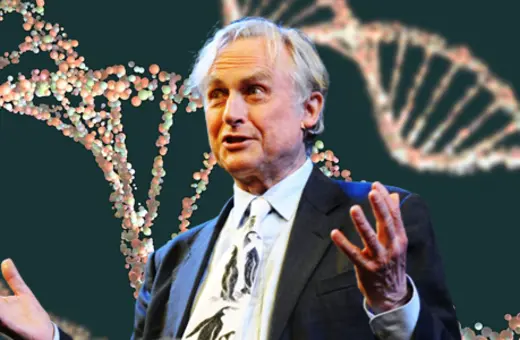


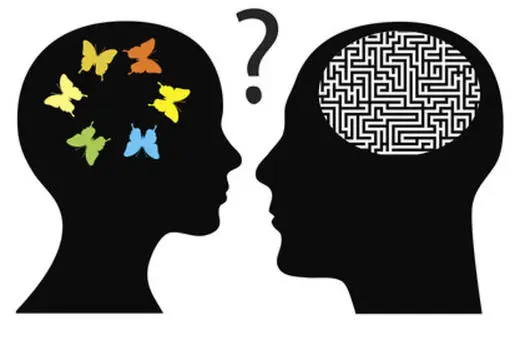



Join the conversation